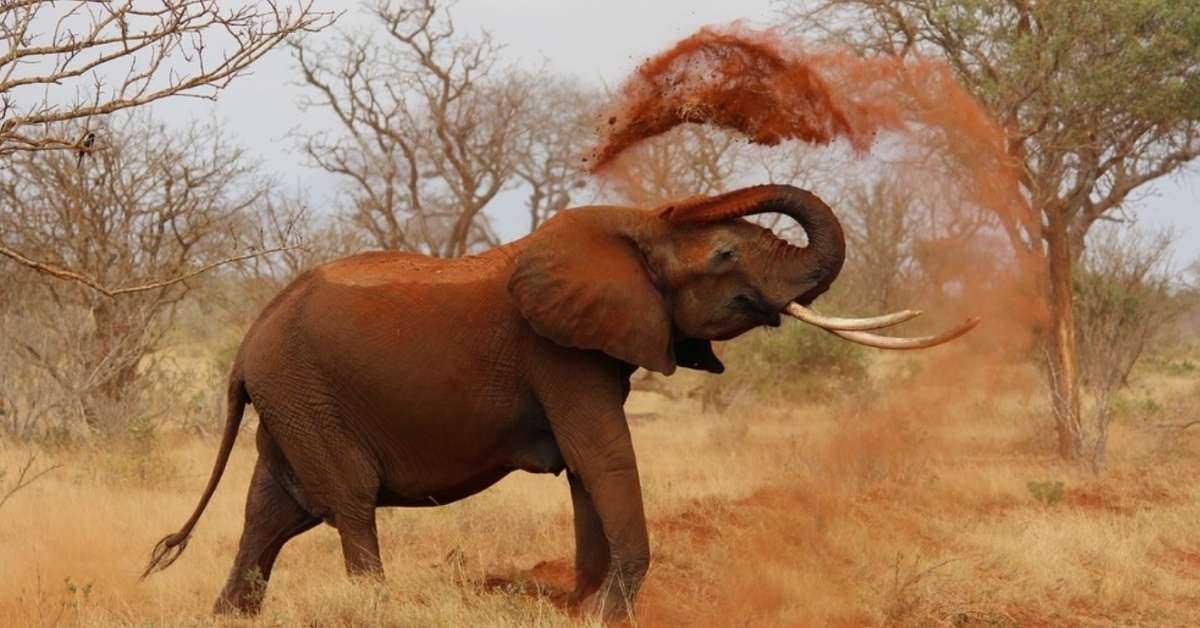The potoo is making the rounds again online, after a family stumbled upon the bird in a rare daytime encounter. Their subsequent TikTok clip skyrocketed to 5 million views overnight.
The video is raising awareness about the peculiar bird, which looks like a Studio Ghibli creation sprung to life.
After captivating viewers with its googly eyes and crackling voice, people went scrambling to the comments section to say, “That’s a Pokemon,” “He looks like he’s about to give me a quest,” and “That bird scared the potoo out of me.”
What are potoo birds?
Despite their bulbous eyes and curved bill, potoos — also called “ghost birds” — are not owls but nightjars (a bird family that extends to nighthawks and frogmouths).
Yet similarly to their distant owl relatives, the potoo is also nocturnal and adept at blending into its surroundings. Their gray and brown plumage help them slip into the shadows as they perch perfectly still — preferably on a branch stump — and wait for prey and watch over its nest.
There are seven species of potoo exclusively found throughout the Neotropics (Mexico, Central and South America, and the Caribbean). During the day, the transformative bird can appear very skinny, with an elongated body and upturned beak. At night, they ruffle their feathers to make themselves appear bigger to predators.
In an Animalogic video, host Aranya Iyer explained that potoos have a few evolutionary adaptations “that make them unique to other birds.”
“Their bill opens from ear to ear and the inside has bright coloration, which is thought to attract insects,” Iyer said. “The upper mandible has a tooth-like protrusion that helps them grab prey. Despite having a pseudo-tooth and a pointy bill, they don’t rip their prey apart, they just swallow it whole.”
On average, potoos range from 30 to 70 centimeters, which is roughly the size of a pigeon. Potoo sounds range from species to species, from melancholic cries to whistling toots. The distinctive wailing of the great potoo species led to the creation of an ancient legend from the Shuar people of the Ecuadorian Amazon, which tells the story of a woman-turned-bird who cries out for her husband each night, after he was transformed into the moon.

Why are these birds important?
Potoos pose no risk to humans and happily sit in the middle of their native ecosystem as an important link between predator and prey.
Predators that rely on potoos for food include capuchin monkeys, weasel-like tayras, and forest falcons. They themselves are a predatory species that feasts on flying invertebrates and helps keep local insect populations in check.
As insect lovers, potoos are particularly fond of moths — but have been said to eat anything that flies into their yawning mouth, including bats.
Are potoos endangered?
Although potoos are not currently endangered or at risk, all seven species are currently on the decline due to deforestation and habitat loss.
In an article for the New York Times, journalist Elaine Chen explained that habitat loss is a “major factor” for the decline of bird populations across the Neotropics.
“Around 13%of forest in Latin America and the Caribbean has been lost in the last 30 years, primarily because of agriculture and cattle ranching,” Chen wrote. “Brazil accounts for most of that loss, but Guatemala alone lost more than 26% of its forests…from 1990 to 2020.”
In South America alone, deforestation has landed beloved birds on the endangered species list: macaws, conures, a variety of penguins, and many more.
Across the Neotropics, conservation efforts have surged to save rainforests and jungles that are vital to animal conservation.
One Belizean conservationist, Elma Kay, is fighting to save the Belize Maya Forest, a once-massive rainforest that is rapidly vanishing as trees are hacked and slashed to make way for expanding agriculture.
With a coalition of other conservation organizations, including The Nature Conservancy, Kay helped coordinate a $76 million deal to buy a strip of land in the Maya Forest Corridor and protect the 236,000-acre reserve and the countless wildlife species that live there.
“There are projects that are easy to do and can be done and those that are hard, but we must do,” Kay told re:wild. “The corridor is one we must do even if it takes us another decade, not just for Belize but for the region, and we still need all the support we can get.”
Header images courtesy of Animalogic and Pubity/TikTok



